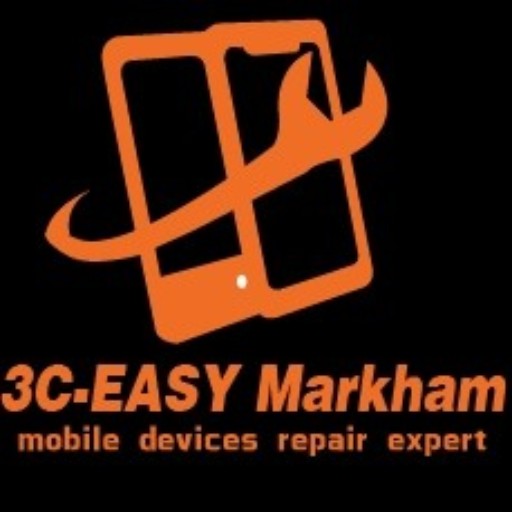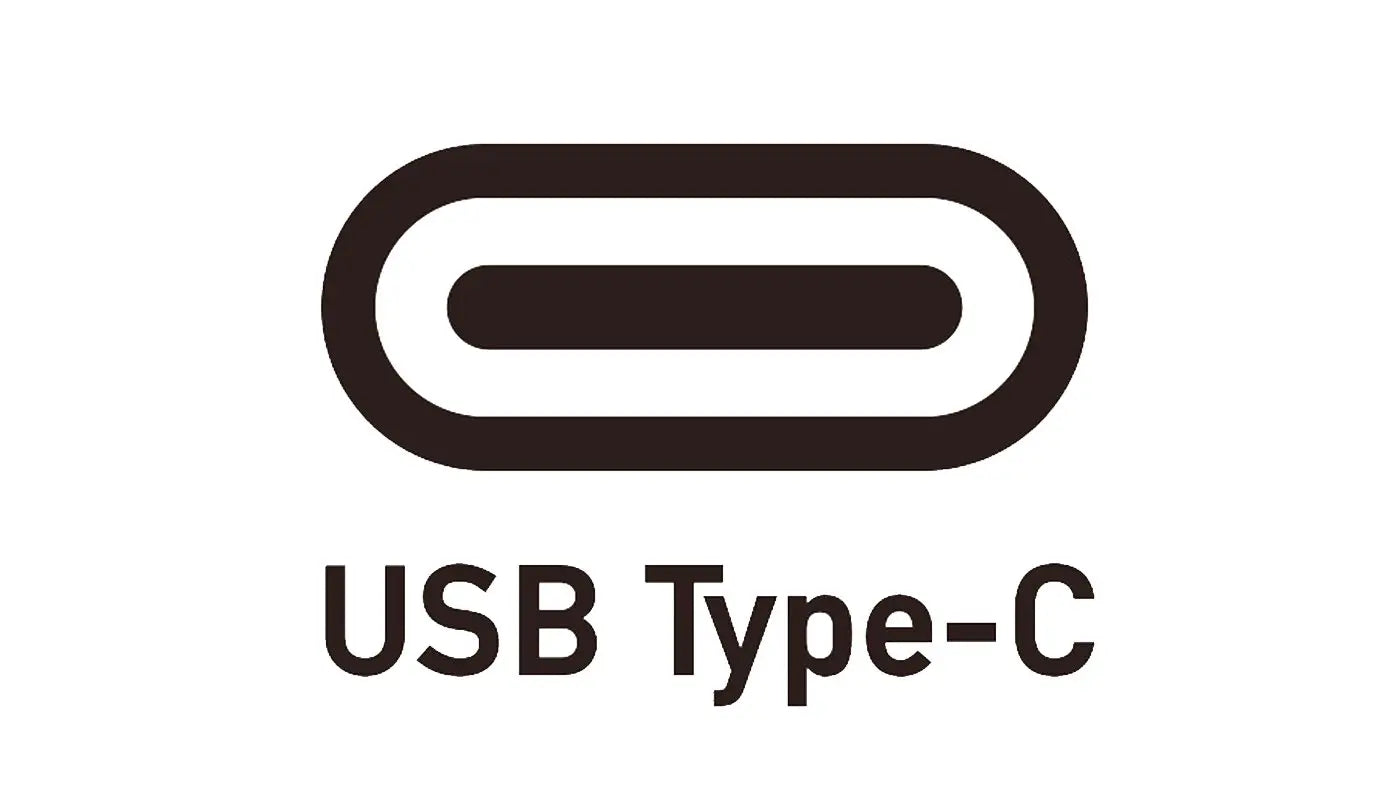What is fast charging protocols and which one should I choose?
It is clear that both our chargers are getting more and more powerful thanks to GaN technology, and our mobile devices are capable of handling higher power as well. However, different devices have different threshold or limitation in handling that power. For example, Samsung’s A54 is able to handle 25 Watts of charging yet Samsung’s S23 Ultra is capable of handling 45 Watts.
How does the plug determine what is the maximum accepted power at any given time and how are communication between the plug and the device is done, these are the question we try to enlighten you with today.
In short, the “language” spoken between the plug and the device is called charging protocols. It dictates what is the maximum power for one device is able to receive from one certain plug.
We are primarily focusing on fast charging protocols which available in USB-C output plug because these are more universal and also where the trend is heading towards. There are fast protocols available in USB-A output plug such as the SPC protocol from Huawei and VOOC protocol from Oppo/Vivo but majority of them are proprietary and not universal to all devices.
First of all, the bedrock of all USB-C fast charging protocols, the Power Delivery protocol, or PD for short. This protocol was developed in conjunction with the USB-C itself and it is a subset of the USB 3.1 Standard, therefore it is one of, if not the, most common protocols you could find on the plug. In theory, PD is capable of outputting 100 watts, but due to the fact that it cannot be fine tuned in order to extend battery lifespan as this protocol is not “programmable”, therefore the most common, pure PD plug you could find on the market is 20 watts.
Furthermore, because of the drawback mentioned before, a new fast charging protocol was developed in order to offset that, and its name is Programmable Power Supply, or PPS. PPS is built on top of the latest version of PD therefore it includes all benefits a PD plug can provide. In addition to that, PPS allows for step-wise changes in current and voltage. It decreases the conversion loss during charging, ensuring the charge is more efficient. When the charge is more efficient, less heat is produced, and when less heat is produced, a battery’s lifespan increases. So, PPS fast charging is better for your device’s battery and favored by many OE manufacturer including Samsung and Motorola.
And because PPS is a derivative of PD, any device that supports PPS will be able to be fast charged by any PD plug. Though may not be charged at optimal speed, but fast charge nevertheless.
Last but not least, mobile chip manufacturer Qualcomm has released their own version of PPS called Quick Charge, or QC. This protocol is standard on any device which is powered by a Qualcomm chip. However, Qualcomm does charge a hefty fees on manufacturer who wants to include QC into their plug. Hence it is not as popular as PD or PPS.
In order to find the most suitable one for your device, first know about which protocol your device supports and how much is supported to. For example, iPhone 8 to iPhone 14 series all support PD up to 20 watts and 13 pro & 14 pro series support PD up to 30 watts. Then, as plugs are downward compatible, choose the exact power or higher output plug which could also support the protocols you are looking for.
A good rule of thumb is, if you are using a Apple handheld device, PD 20 watts should be enough to fast charging it ; Plugs that support PPS 30 watts or above should be able to power any Android device with ease, the higher the better.
Please check out our collection: https://3ceasymarkham.ca/collections/charger
for all our trusted, affordable GaN and Silicone Charger !







